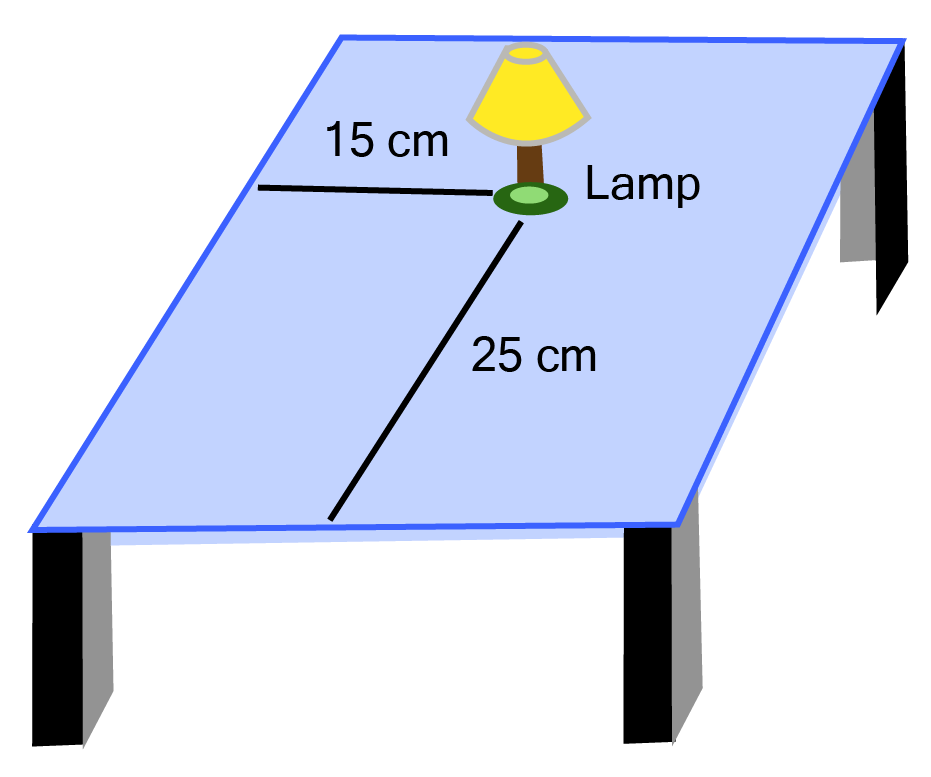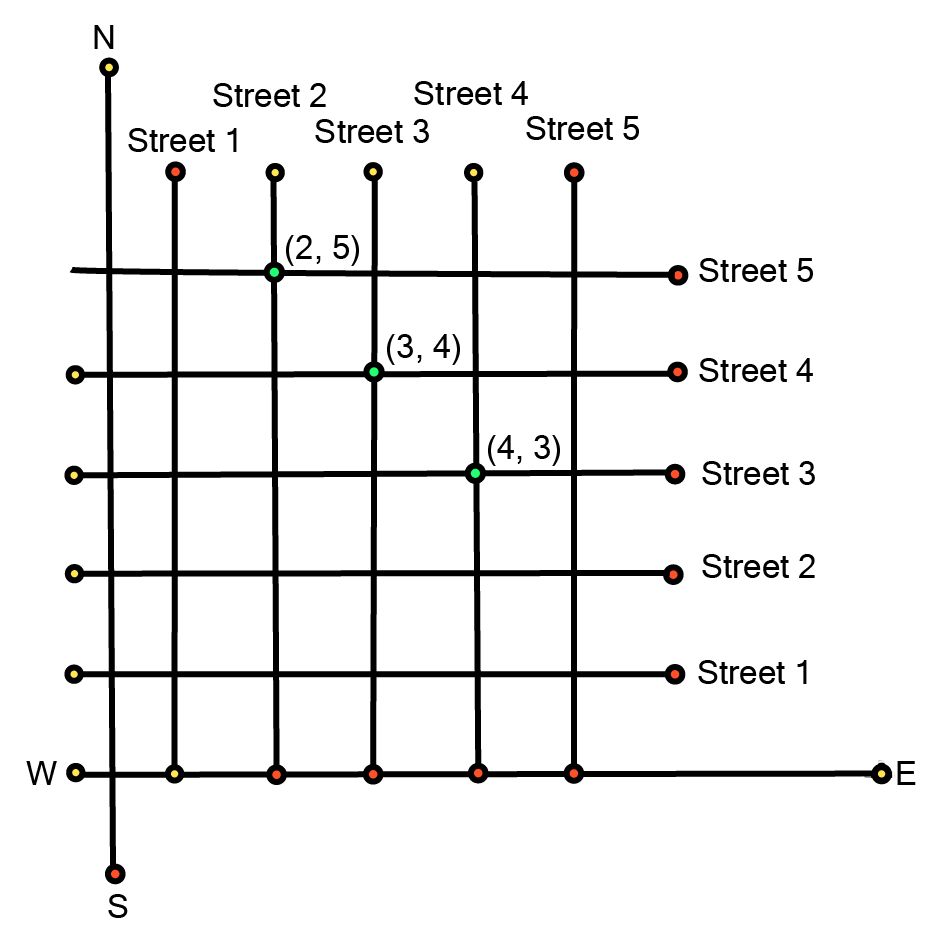How Can The Class 9 Maths Chapter 3 Exercise 3.1 Solutions Help With Exam Preparation And Step By Step Understanding
FAQs on NCERT Solutions For Class 9 Maths Chapter 3 Coordinate Geometry
1. What are the main topics covered in NCERT Solutions for Class 9 Maths Chapter 3 Coordinate Geometry?
The NCERT Solutions for Class 9 Maths Chapter 3 Coordinate Geometry focus on key topics such as:
- Introduction to the Cartesian coordinate system
- Plotting points on the XY-plane
- Understanding abscissa and ordinate
- Describing positions using coordinates
- Recognizing quadrants and their properties
2. How can step-by-step NCERT solutions help students solve Class 9 Maths Chapter 3 problems more effectively?
Step-by-step NCERT solutions for Class 9 Maths Chapter 3 allow students to:
- Understand the logical steps involved in plotting and interpreting coordinates
- Avoid common mistakes by following solved examples
- Develop mathematical reasoning and accuracy
3. What is the significance of locating a point on a Cartesian plane in Class 9 Coordinate Geometry?
Locating a point on the Cartesian plane helps students:
- Visualize the relationship between algebra and geometry
- Understand real-world scenarios, such as mapping locations
- Lay a foundation for more advanced concepts in trigonometry and calculus
4. How does Exercise 3.1 of Class 9 Maths Chapter 3 enhance conceptual understanding?
Exercise 3.1 focuses on practical problems that:
- Test the ability to assign and identify coordinates for given situations
- Encourage students to draw and analyze different figures on the xy-plane
- Strengthen the use of coordinates in describing positions
5. What are common errors to avoid while solving NCERT Solutions for Class 9 Maths Chapter 3 Coordinate Geometry?
Students often make mistakes like:
- Mixing up abscissa (x-coordinate) and ordinate (y-coordinate)
- Incorrectly identifying quadrants
- Forgetting the order of coordinates (x, y)
6. Why is the concept of quadrants important in Class 9 Maths Chapter 3?
Understanding quadrants is vital because:
- It helps in correctly identifying the signs of coordinates for different points
- It is essential for plotting graphs in higher classes
- It prevents confusion in real-life applications, such as navigation or engineering drawings
7. Can mastering NCERT Solutions for Class 9 Maths Chapter 3 help in scoring higher marks in exams?
Yes, mastering these solutions improves exam performance by:
- Ensuring foundational clarity
- Providing practice with CBSE-style questions
- Helping students tackle applied and HOTS (Higher Order Thinking Skills) questions confidently
8. How should students approach coordinate-based word problems in Class 9 Maths Chapter 3 as per CBSE 2025-26 guidelines?
For coordinate-based word problems, students should:
- Carefully read and translate text into coordinates
- Draw clear diagrams as per question requirements
- Apply standard NCERT solution steps (identify axes, mark origin, plot points)
9. What CBSE 2025-26 exam trends are reflected in the current NCERT Solutions for Chapter 3 Coordinate Geometry?
The latest NCERT Solutions reflect trends such as:
- Real-life application-based questions
- Detailed stepwise explanations
- Focus on drawing and interpreting graphs
10. What should students remember about the order of coordinates when plotting points in Class 9 Maths Chapter 3?
The order is always (x, y):
- x-coordinate (abscissa) is plotted first, along the horizontal axis
- y-coordinate (ordinate) is plotted second, along the vertical axis
11. What is an abscissa and an ordinate in the context of Class 9 Coordinate Geometry?
In coordinate geometry:
- The abscissa is the x-coordinate, representing the horizontal distance from the origin
- The ordinate is the y-coordinate, representing the vertical distance from the origin
12. How do NCERT Solutions for Class 9 Maths Chapter 3 ensure conceptual clarity for CBSE students?
These solutions:
- Break down each question into structured, logical steps
- Explain the reasoning and method required, not just the final answer
- Include tips and notes on procedural steps, ensuring clarity for all CBSE students
13. What is the practical application of learning coordinates and plotting points from Chapter 3 in the real world?
Learning coordinates and plotting points is essential for:
- Map reading and navigation
- Computer graphics and game development
- Engineering design and architecture
14. What strategies can help students quickly identify the quadrant of a point in Class 9 Coordinate Geometry?
To quickly identify a quadrant:
- Check the signs of the x- and y-coordinates:
- Both positive: Quadrant I
- x negative, y positive: Quadrant II
- Both negative: Quadrant III
- x positive, y negative: Quadrant IV
15. How are Class 9 Maths Chapter 3 NCERT Solutions structured to aid revision before exams?
NCERT Solutions for Chapter 3 are structured to aid revision by:
- Arranging questions by difficulty and topic
- Providing stepwise worked examples
- Summing up concepts with short notes and diagrams









































